Local News:
Ospreys have been observed fishing in the Lower Otter Nature Reserve, and also sitting on one of the branches of the dead tree. The photo's below are from local sightings in November 2024 and September 2025. In 2025, the Osprey spotted was a young juvenile tagged as "BJ2" from the Tweed Valley in Scotland. He was feeding up at the Otter prior to departing on his southward migration.
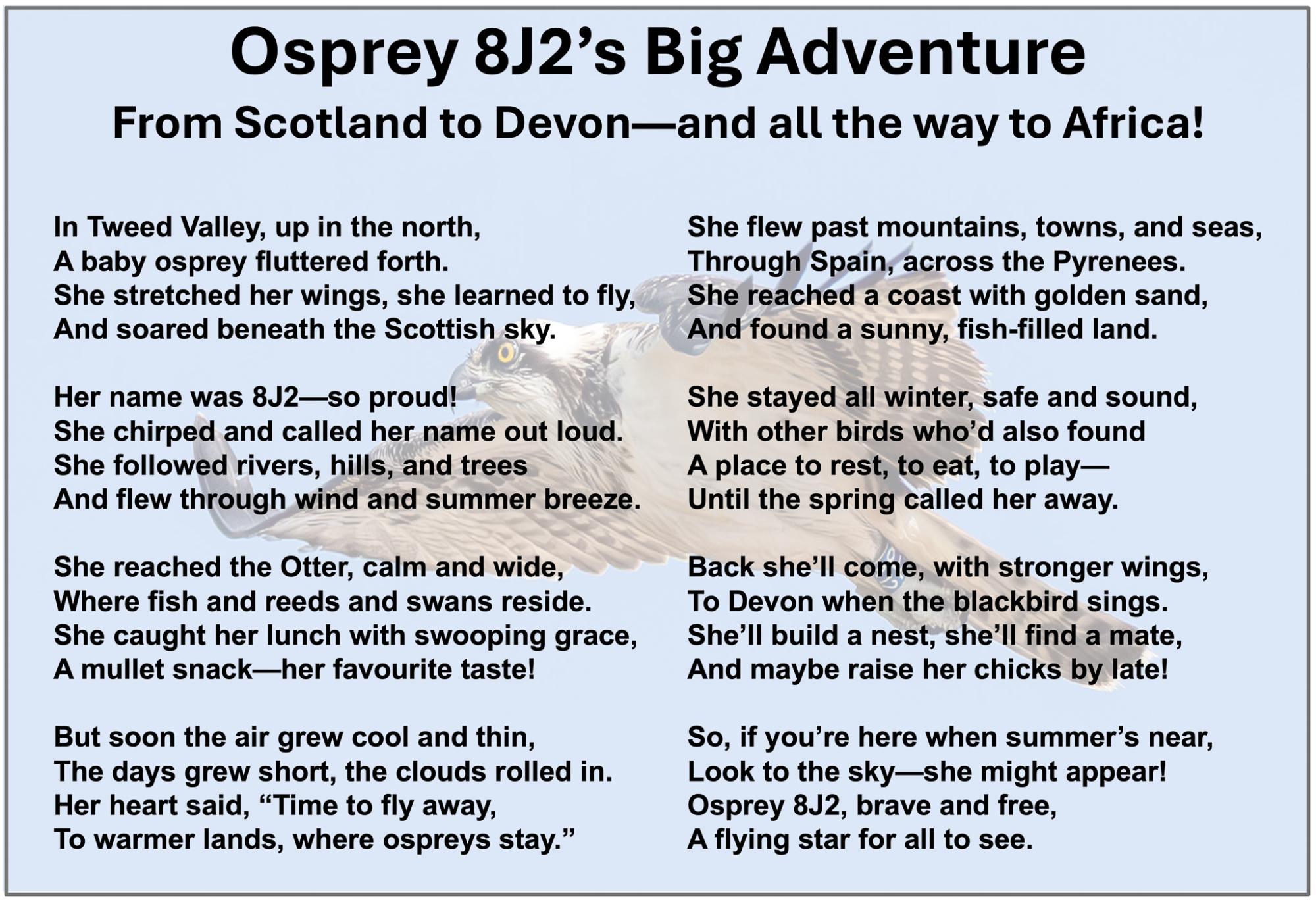
The first set of photographs are from 2024. The remainder are from 2025.
.jpg) | .jpg) | .jpg) | .jpg) | .jpg) |
A sequence of images showing a young Osprey swooping down to catch a fish | ||||
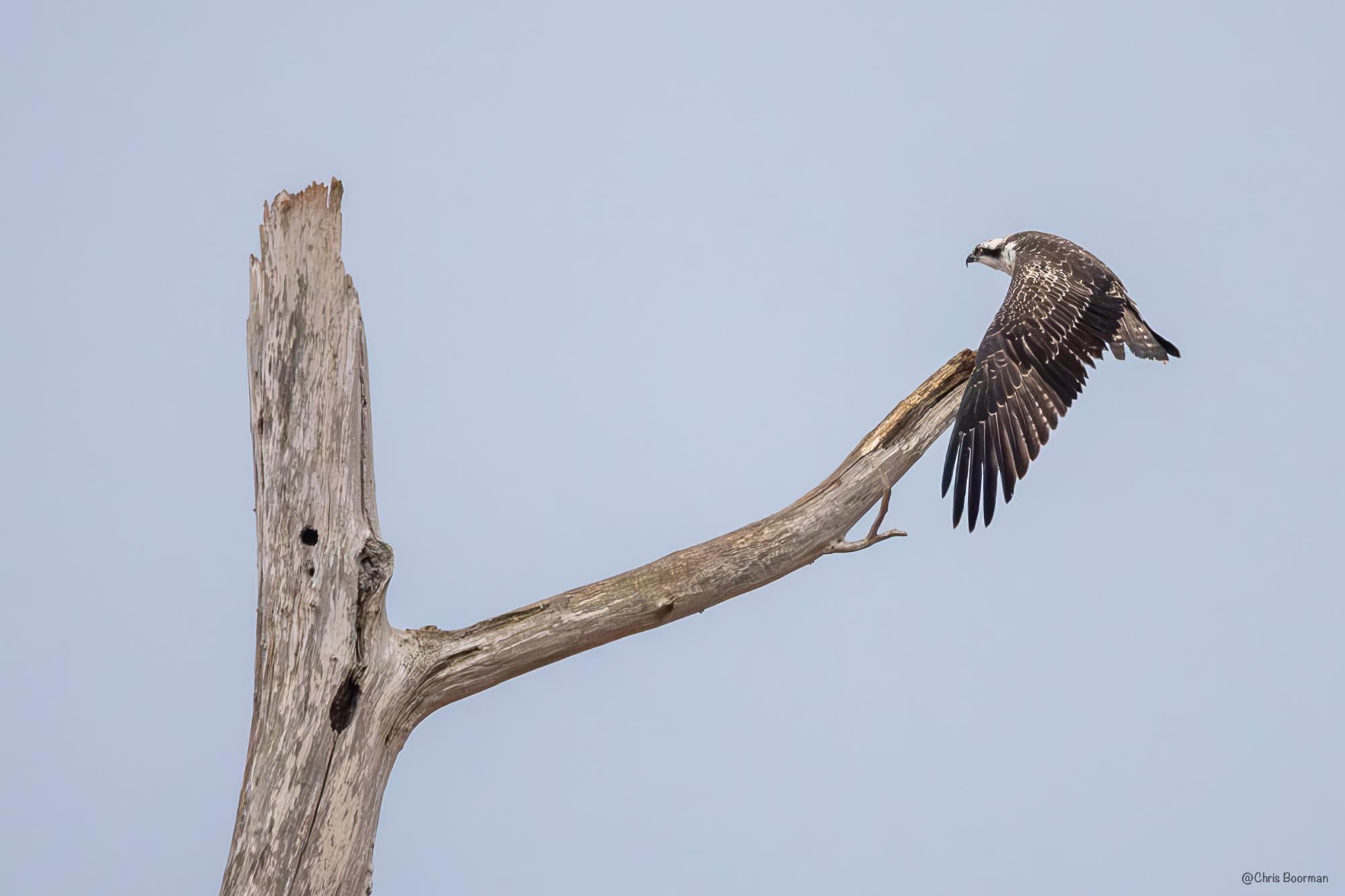 |  | 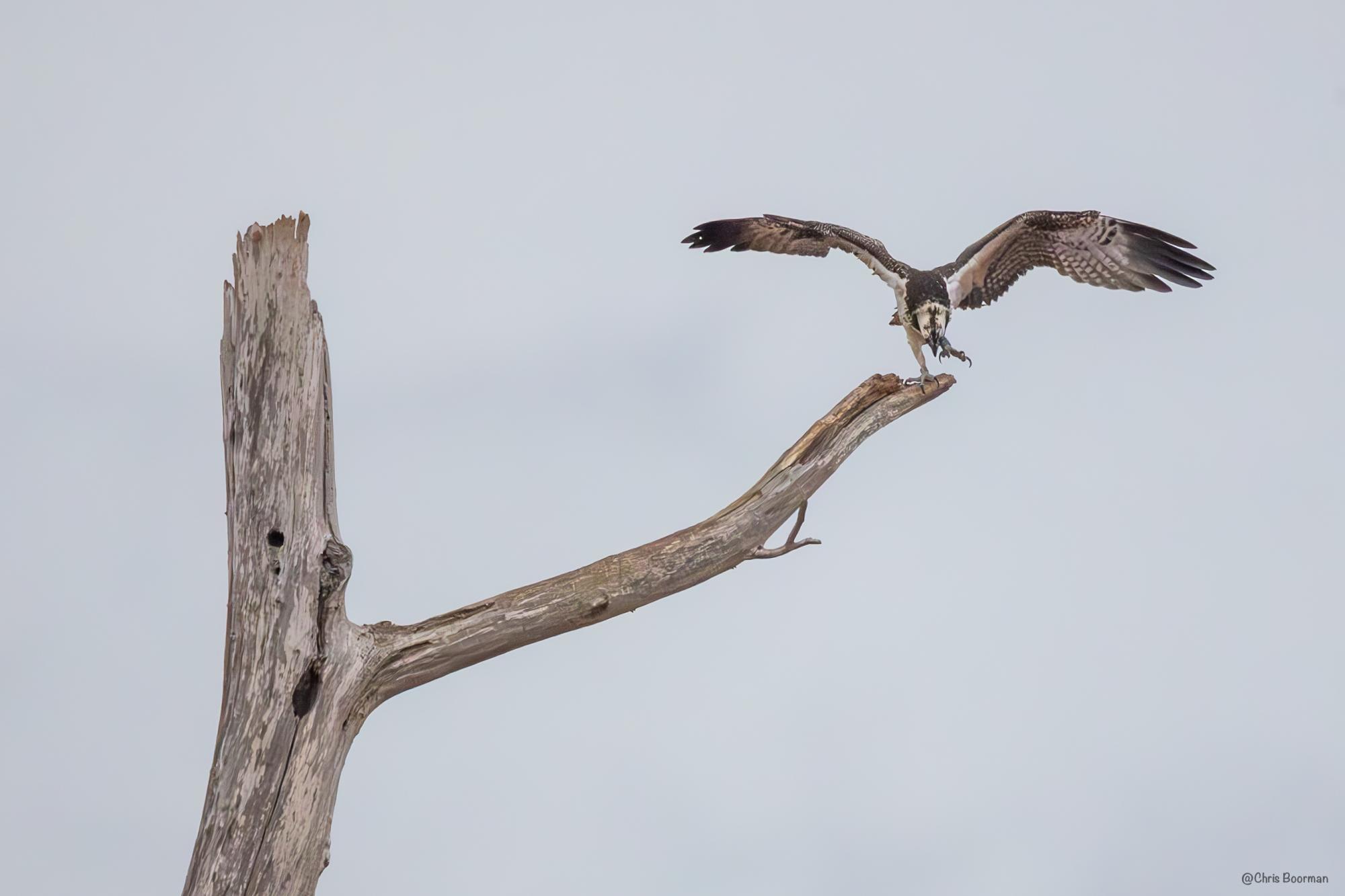 | 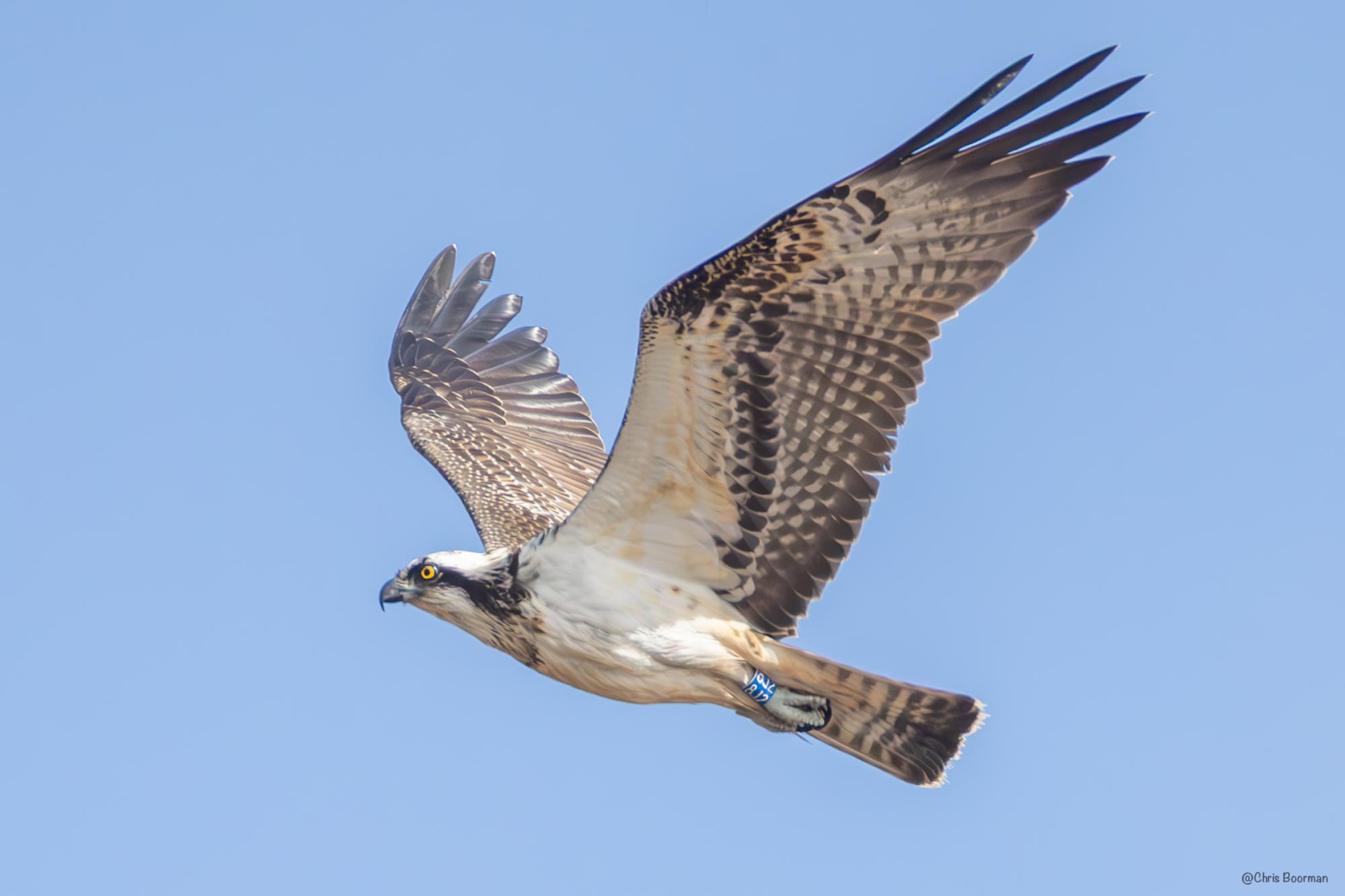 | 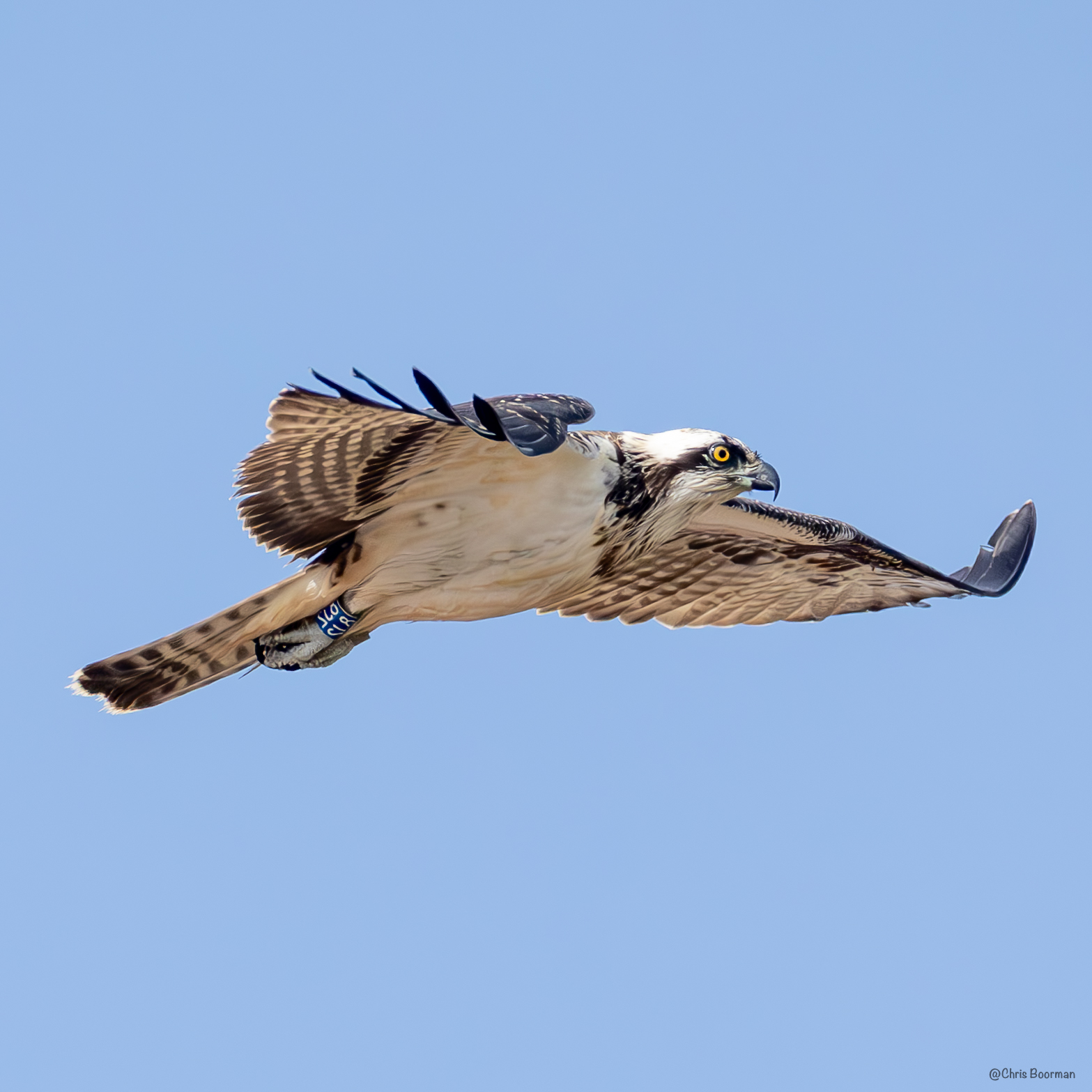 |
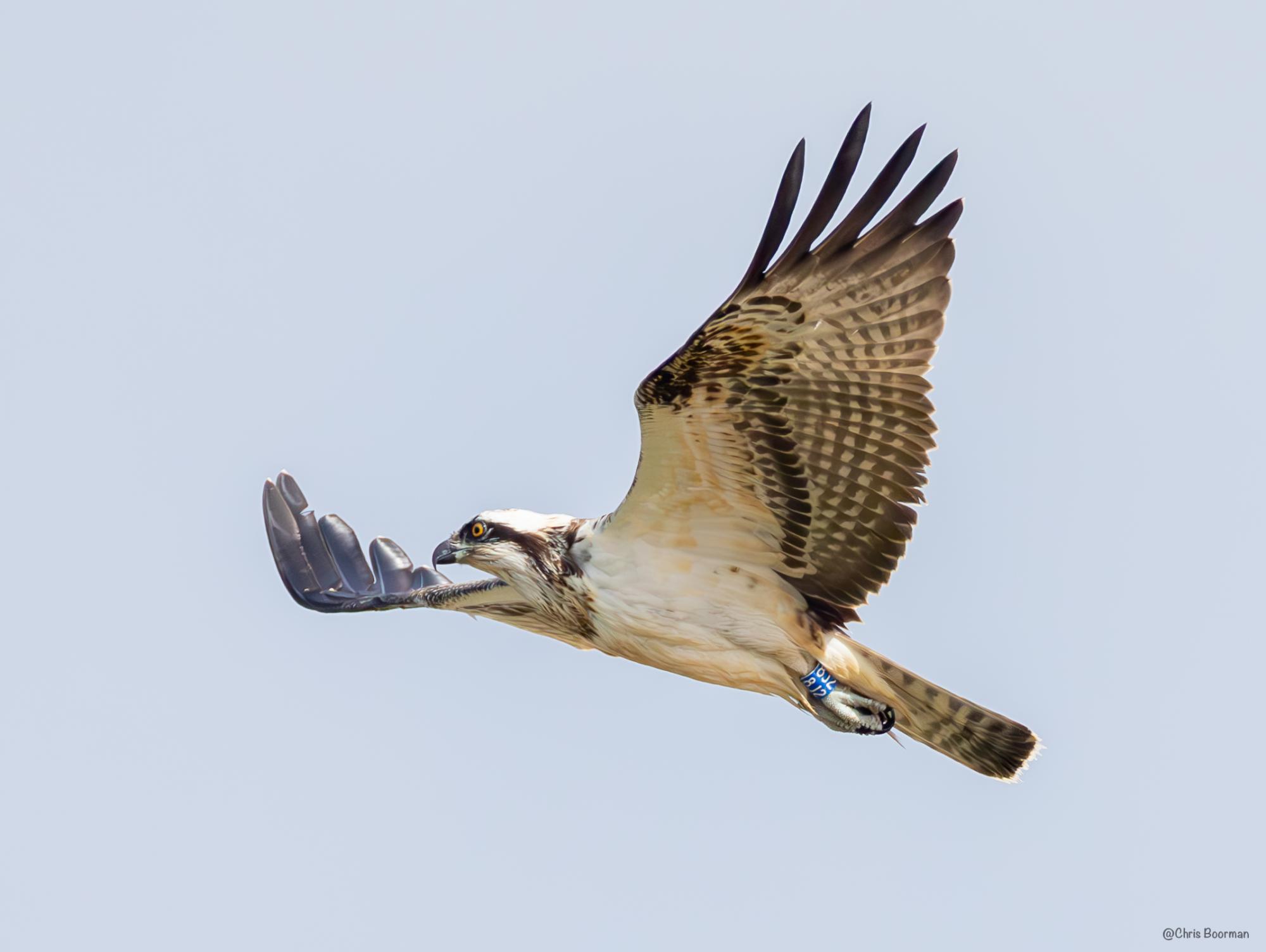 | 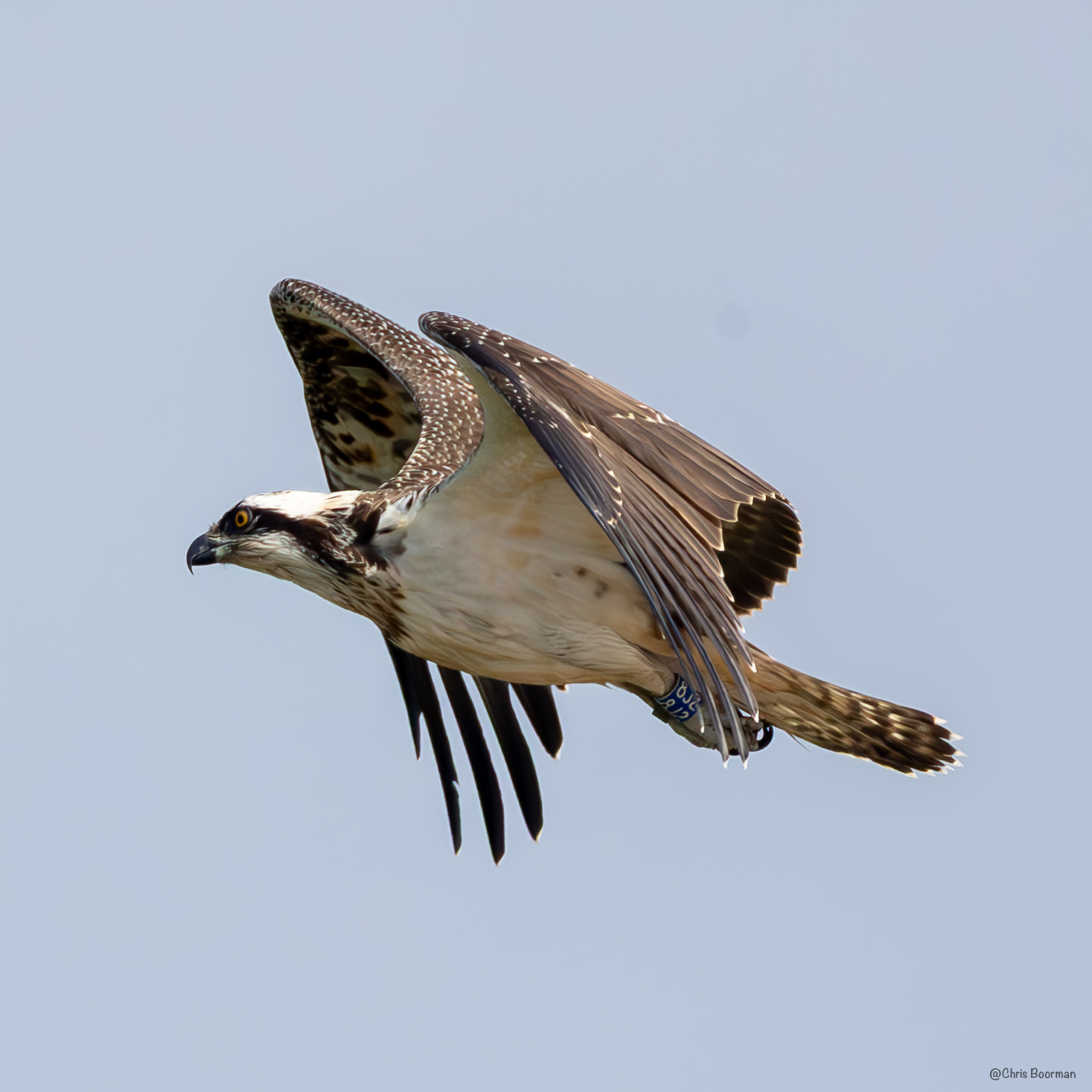 | 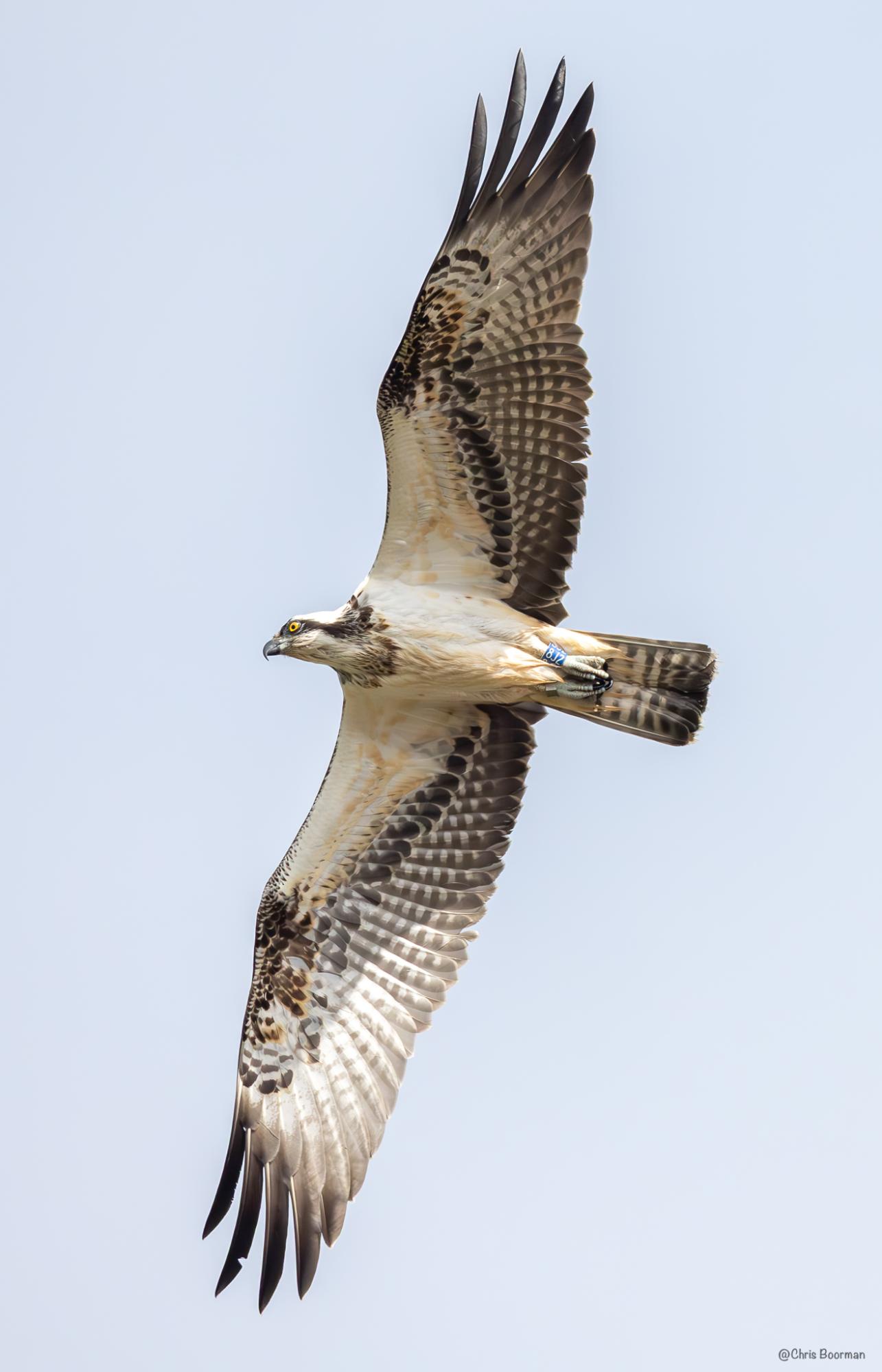 | 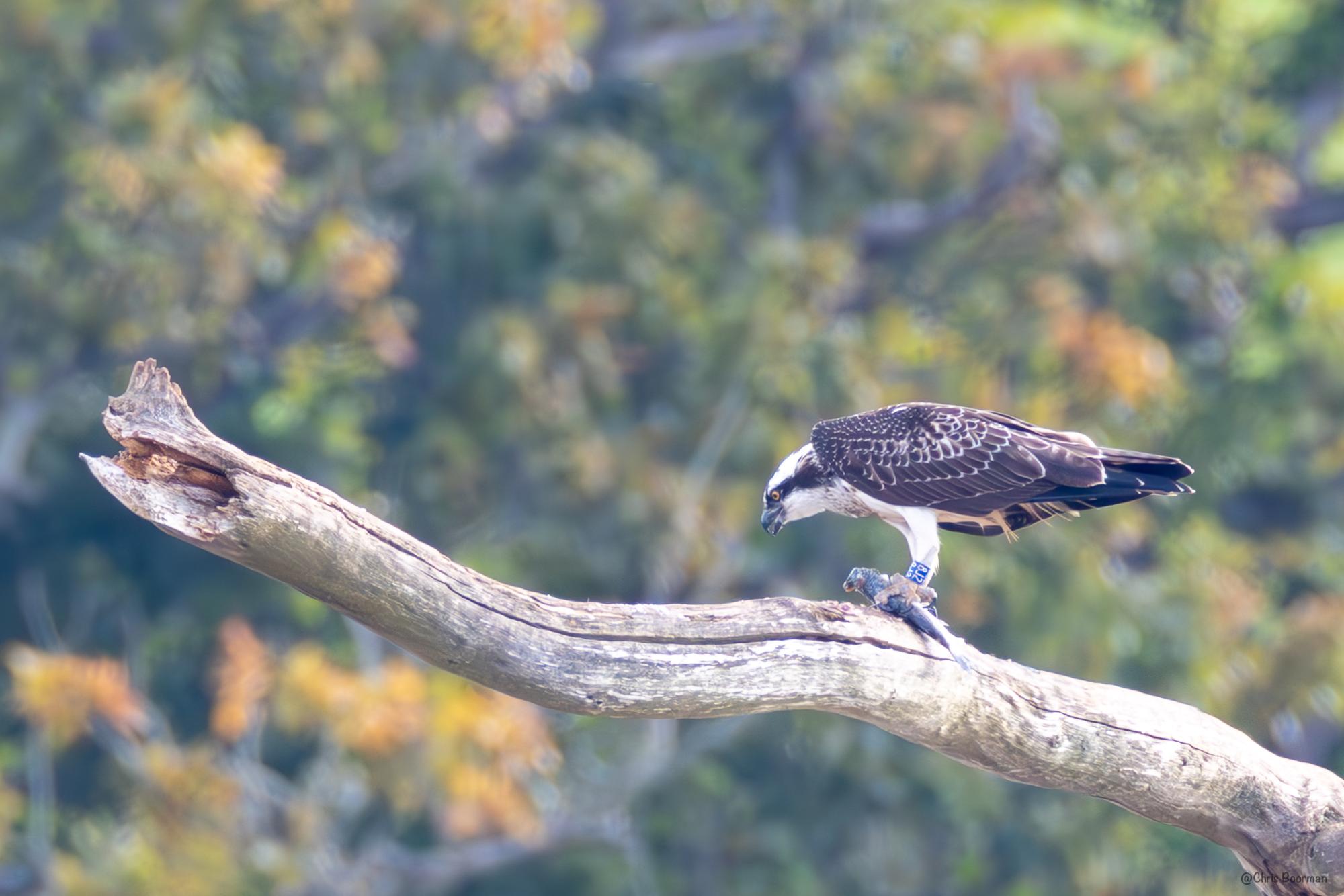 | 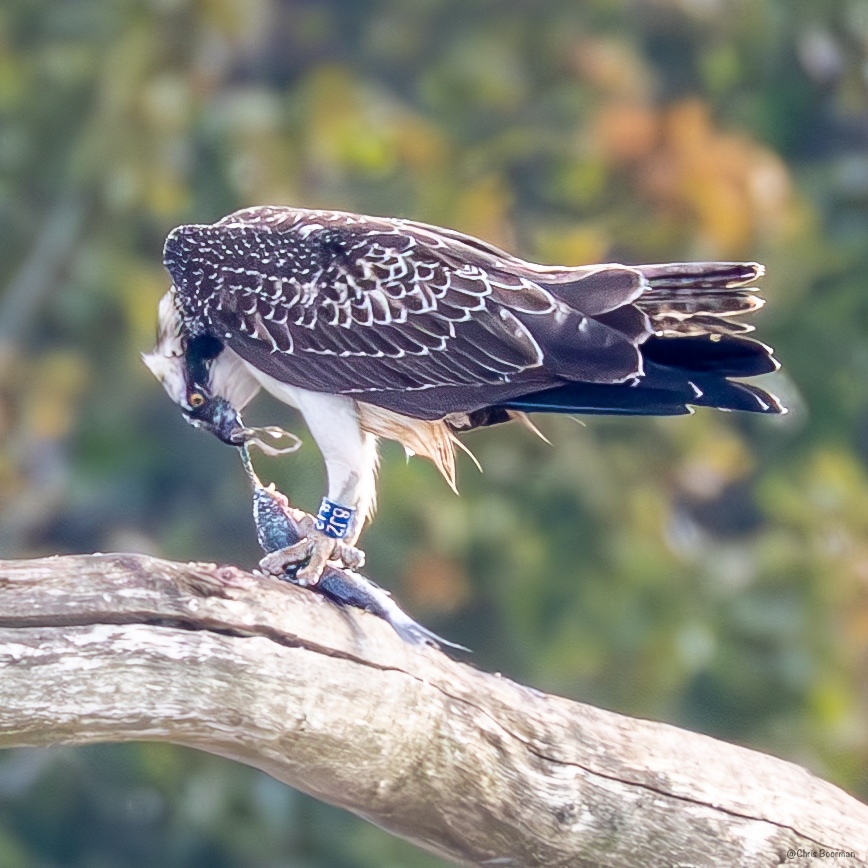 |
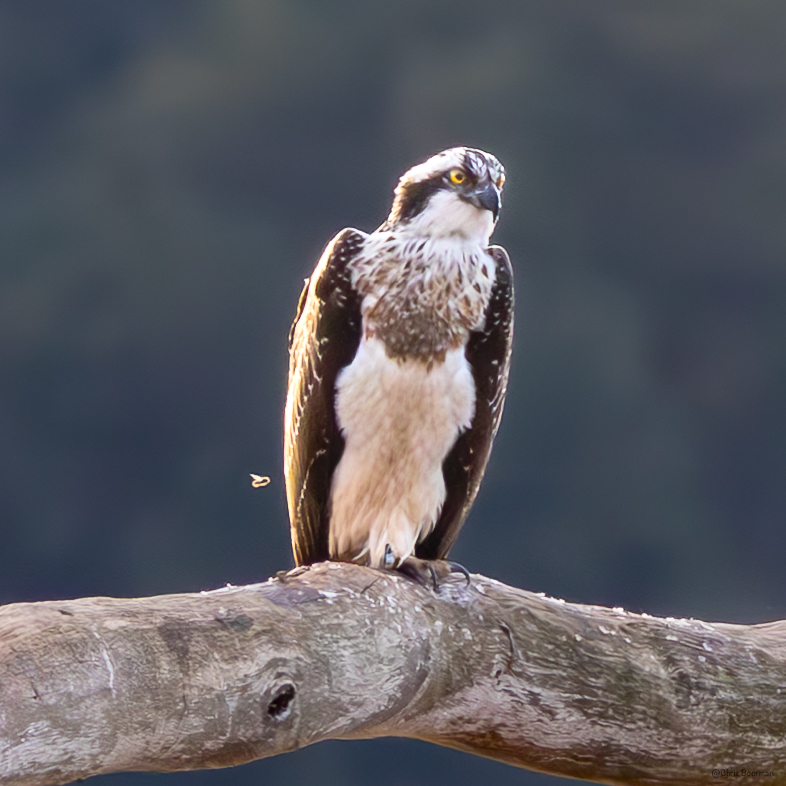 | 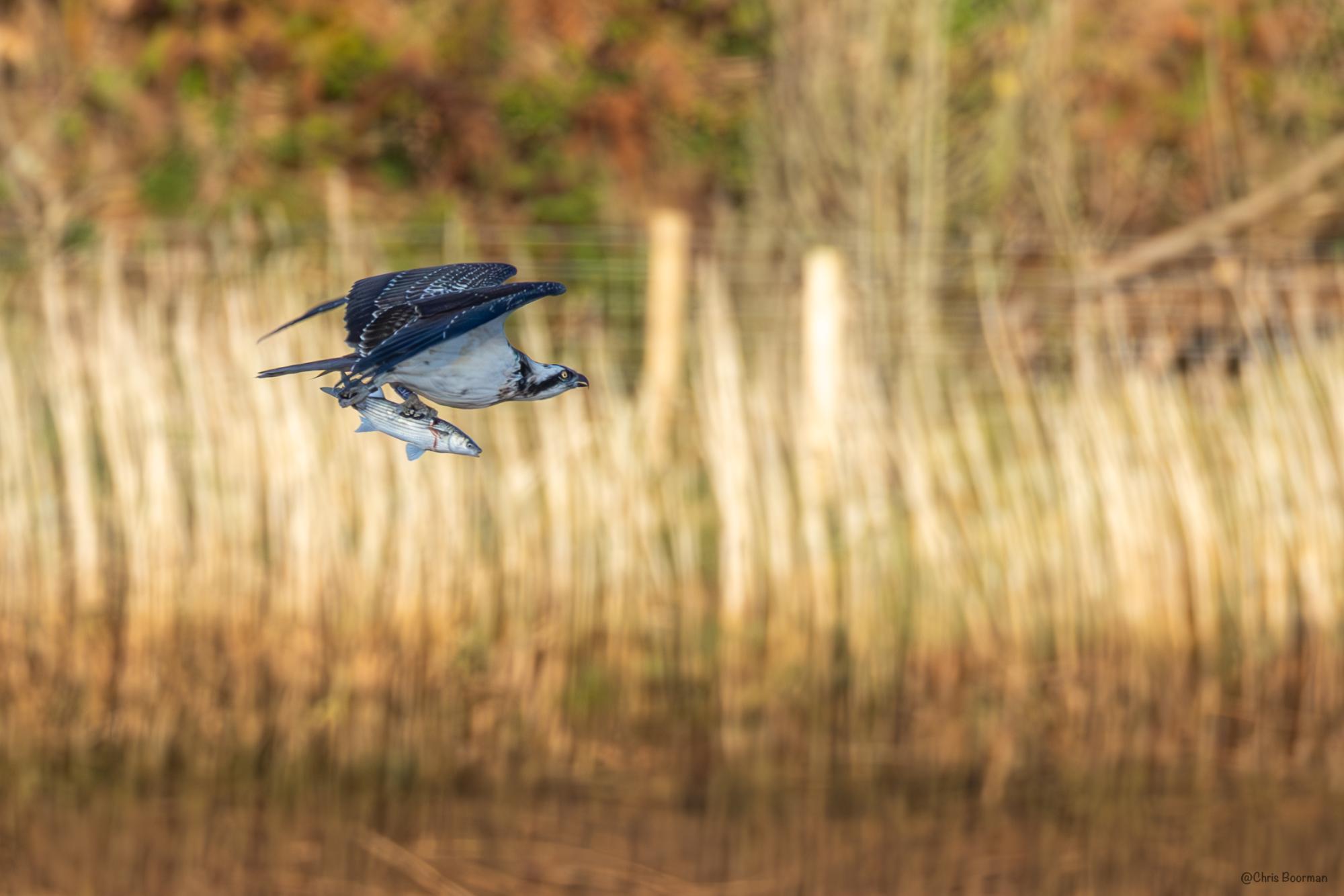 | 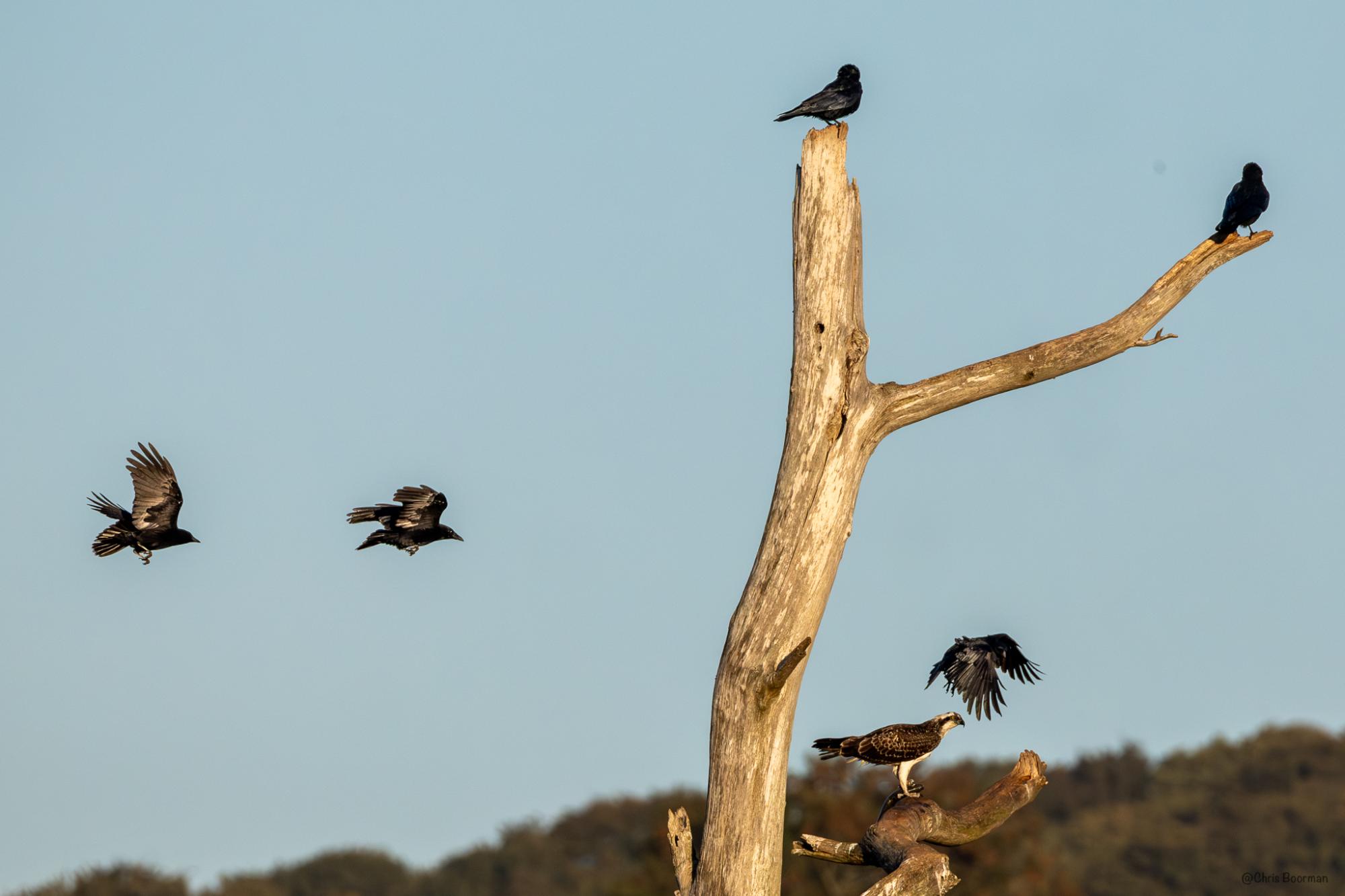 | 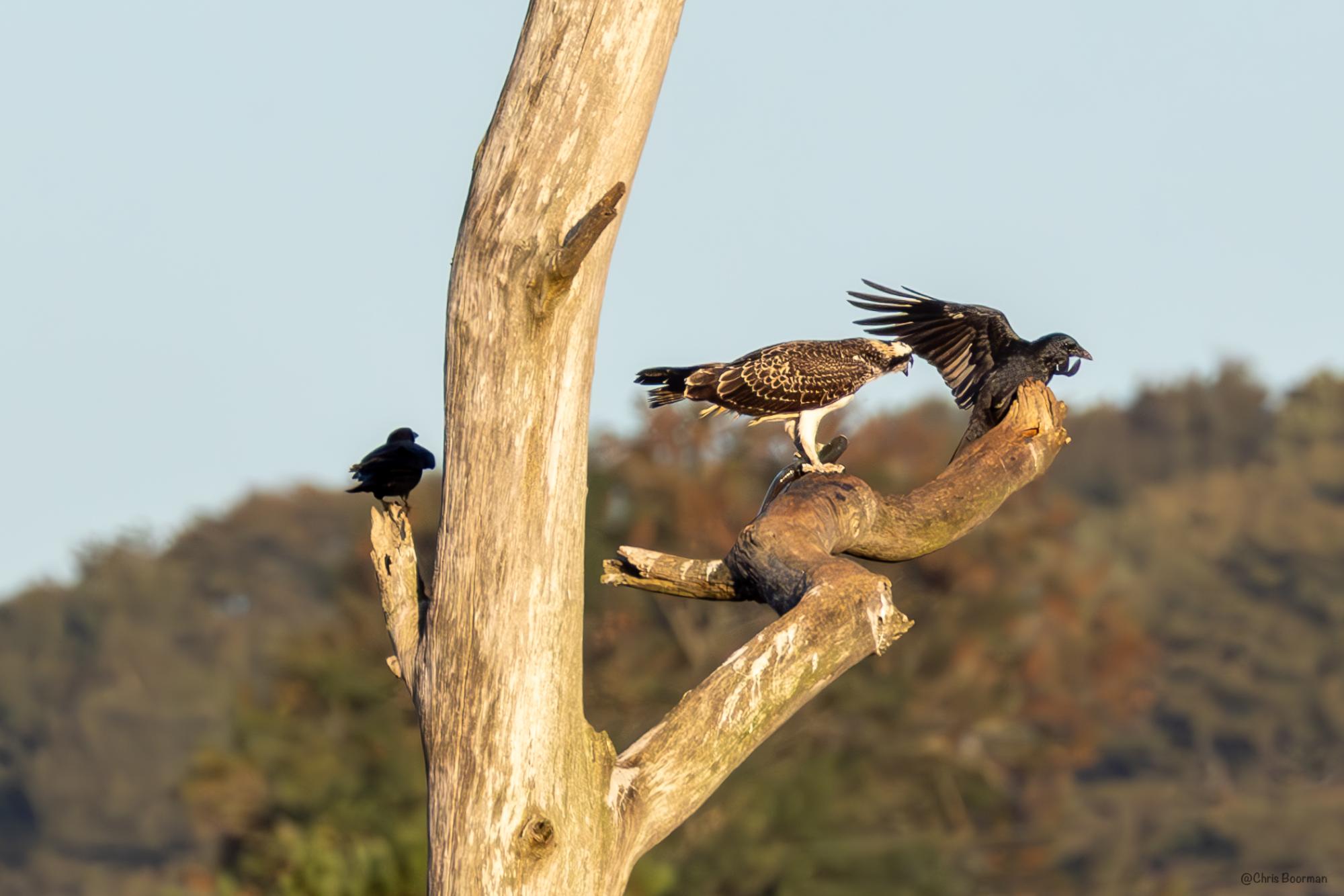 | |
Information about the Osprey:
An osprey is a large bird of prey, with a wingspan of 4.5' to 6', & its a bird generally seen over or near water. Their diet is almost exclusively fish & it makes an impressive sight to see one hovering or plunging into water, feet first, when trying to catch a fish; & when flying away with their prize. They can live for 15-20 years, migrating to overwinter in places like Senegal & Gambia in Africa to overwinter; covering a distance of some 3000 miles. Autumn migrating birds stop off part way to refuel on migration & its these birds we see on the lower otter estuary.
A juvenile birds first migration is hazardous. They don't learn to fish until they migrate, so have to work this out for themselves. Easterly winds can blow the birds into the Bay of Biscay where they can be lost at sea. They risk illegal killing when passing through the Mediterranean & they must cross the Sahara desert alone & taking 4-6 days without food.
Adult birds have bright yellow eyes. These start in the nest as blood red, & change to orange-yellow in juveniles. Adult birds pair for life, but unsuccessful mating can lead to divorce. They lay 2 or 3 eggs which may hatch up to 5 days between the first & last chick. The oldest hatchling dominates its young siblings & can monopolise the food brought by its parents. When food is abundant, chicks share meals & generally all is well. In times of scarcity the weaker chicks may starve.
In 2017, in nearby Dorset, a project was started to reintroduce ospreys to the Pole Harbour area. The first egg was laid in a nest provided by the project in 2022. Two chicks hatched in June 2022. One of the chicks died after a predation attempt by a goshawk! In 2023 3 chicks were hatched & they all fledged in August 2023.
Legal protection is provided for ospreys because they are a species listed in Schedule 1 of the Wildlife & Countryside Act. Offences under this Act include taking or owning its eggs. Damaging birds or their nesting site, & " intentionally or recklessly " disturbing the birds while it is building its nest, or is in it, on or near the nest containing eggs or the dependent young of such a bird.
Ospreys returned to Scotland to breed for the first time in 1954 at Lock Garten near Aviemore. This was a natural recolonisation from Scandinavian stock. They have needed a huge amount of help & protection to breed there successfully. The latest estimate in 2023 for UK ospreys is nearly 300 breeding pairs, with the majority of these in Scotland.
